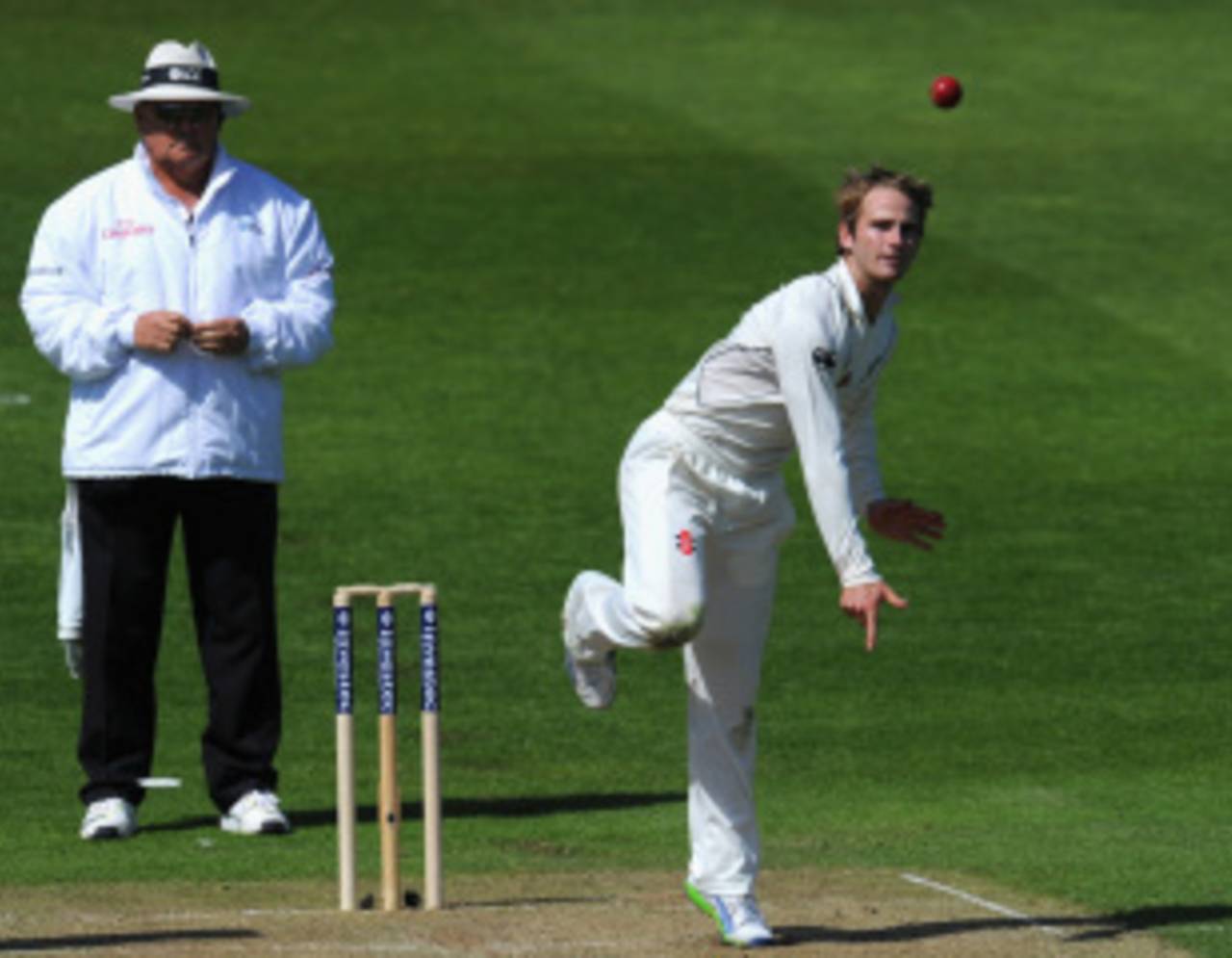Illegal bowling action procedures for international matches will be reviewed, with the potential for suspect bowlers to be monitored more closely even after they have passed the round of biomechanical testing currently required.
The ICC chief executives committee meeting in Melbourne as part of the governing body's annual conference, recommended that ICC management review the current process for reporting, assessing and clearing suspect bowling actions, while also suggesting that wider powers may need to be applied to allow the monitoring of suspect actions beyond the end of formal testing.
"The message out of the cricket committee was there's enough bowlers with suspect actions that should be being scrutinised, that probably haven't been," Geoff Allardice, ICC general manager of cricket, said. "By scrutinised, it just means they're being tested whenever there are concerns raised. At this stage, it's been pretty quiet for a couple of years. The cricket committee was of the view there are some bowlers operating with suspect actions that should be scrutinised a bit more closely."
Recommendations from the review may include ongoing screening for bowlers who pass their initial biomechanical tests after being reported, and more rigorous reporting processes. "Also whether it's possible to get a panel of experts involved, who are able to detect from looking at footage what is elbow extension and what isn't," Allardice said. "We'll review procedures over the next three months and then come back to the chief executives in October with some recommendations about modifications to the procedures to make sure they're doing the job for the game."
Two days of CEC meetings focused primarily upon the settling of greater detail over the range of FTP agreements signed bilaterally for 2015 to 2023, binding all nations to play each other over the period in some contrast to recent years, when India, England and Australia have increasingly erred on the side of lucrative touring between the three nations to the exclusion of others.
"Obviously the more commercially attractive opponents play each other a bit more frequently, but I think there was a genuine respect amongst the members that they wanted to try and include everyone in their schedules," Allardice said. "From that point of view, there is a good balance between the formats.
"There is definitely a focus on Test cricket and trying to make sure it is promoted and played in the different countries, and the Test competition and the rankings have integrity through everyone playing everyone else."
Commitments to play the likes of Bangladesh will result in some creative scheduling, with at least one top-end series likely for Australia over the period, a concept last used in 2008. "The timing of series is one thing that has been sorted out in that both teams are available to play at the same time," Allardice said. "The content that's agreed within the countries in that space has still got to be thrashed out over the next couple of weeks."
Also discussed in some depth were concerns over the balance between bat and ball in recent times, as leaps forward in bat technology and shrinking boundaries have allowed batsmen to become even more dominant than they had been over the preceding decade, particularly in limited-overs formats. Allardice said that maximum possible boundary dimensions would be enforced far more rigorously, while bats would also be monitored.
"[Boundary size] is in the playing conditions at the moment but it will be something we remind the various countries about leading up to the cricket over the next few months," he said. "Match referees will be checking to see whether grounds are set-up to the maximum possible boundary size.
"At the moment the maximum is 90 yards, but with the way bats are performing these days and the way the batsmen are hitting the ball, sometimes mis-hits are carrying for six, and there is concern that balance is a bit skewed at the moment. The immediate step is let's do what we can with boundary sizes, but we'll be keeping an eye on bat technology closely over the next couple of years ... across all formats."
Daniel Brettig is an assistant editor at ESPNcricinfo. @danbrettig
